15 Beautiful Places Eco-Travellers Are Quietly Skipping
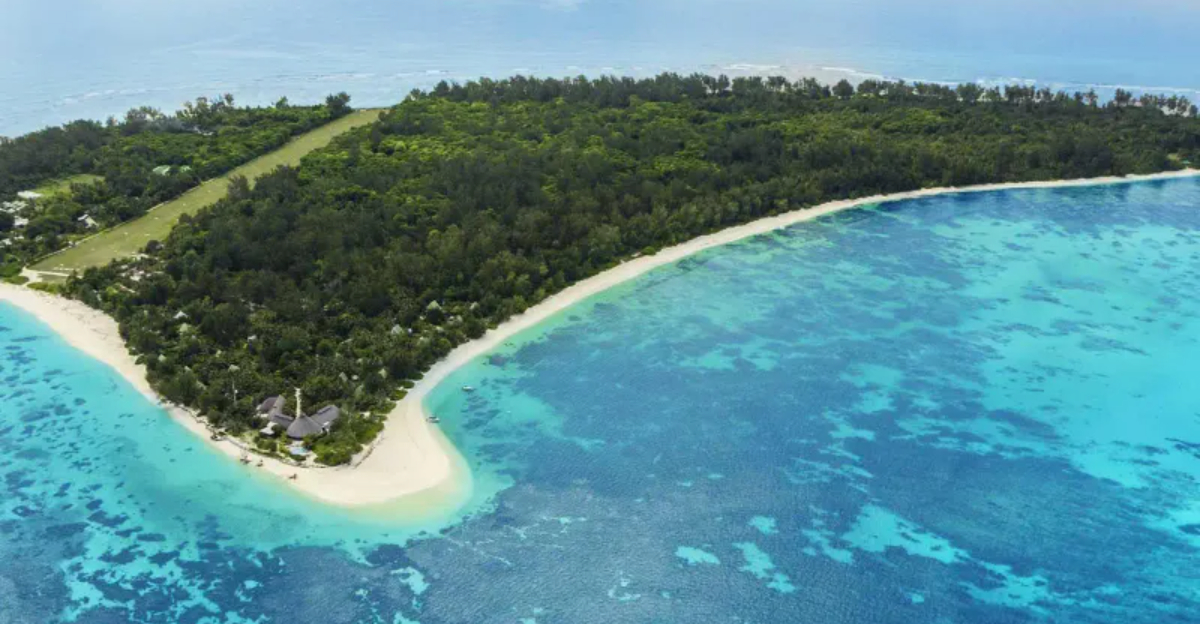
More and more travelers are swapping postcard-perfect photos for purpose-driven journeys. Places like Venice, Machu Picchu, and Maya Bay—once must-see destinations—are now being skipped by eco-conscious adventurers who understand the heavy toll mass tourism can take.
It’s not that these spots have lost their magic; it’s that their beauty is at risk of being loved to death. Have you ever visited a place that felt overwhelmed by crowds or commercialism? You’re not alone. Many seasoned travelers are now choosing alternative locations that offer similar wonder without contributing to the strain.
In this post, we’ll explore which iconic places are being reconsidered and why—and offer thoughtful, lesser-known alternatives that align with a more sustainable way of seeing the world. Ready to explore more responsibly?
1. Venice’s Sinking Splendor
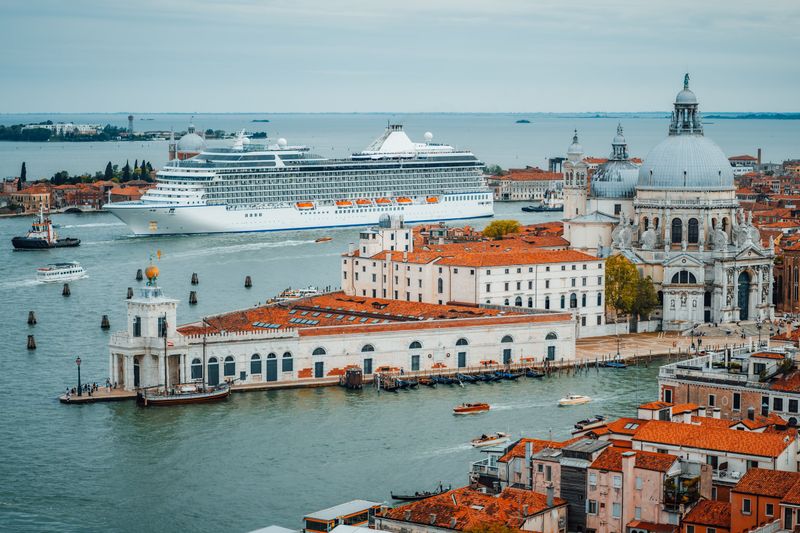
The floating city faces a drowning future as cruise ships and millions of day-trippers overwhelm its delicate lagoon ecosystem. Local residents have been fleeing in record numbers, leaving behind a ghost town of tourist shops and overpriced restaurants.
Eco-travelers now avoid contributing to Venice’s struggles by exploring lesser-known Italian coastal towns like Chioggia or Trieste. These alternatives offer authentic Italian culture without the crushing crowds.
Did you know? Venice hosts over 30 million visitors annually but has fewer than 55,000 permanent residents – a ratio that makes sustainable tourism nearly impossible.
2. Maya Bay’s Paradise Lost
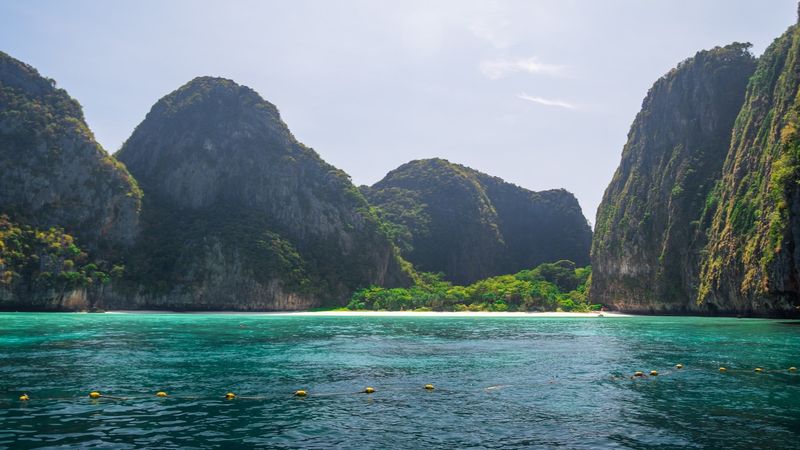
Made famous by Leonardo DiCaprio’s film “The Beach,” this once-pristine Thai cove suffered catastrophic damage from thousands of daily visitors. Coral reefs died, marine life disappeared, and the beach itself began eroding at alarming rates.
Thai authorities eventually closed Maya Bay completely for rehabilitation. Though it partially reopened in 2022 with strict visitor limits, conscious travelers are exploring Thailand’s less famous but equally stunning alternatives.
Nearby Bamboo Island and Pileh Lagoon offer similar turquoise waters and limestone formations without the environmental damage or restrictive quotas.
3. Machu Picchu’s Ancient Pathways Under Pressure
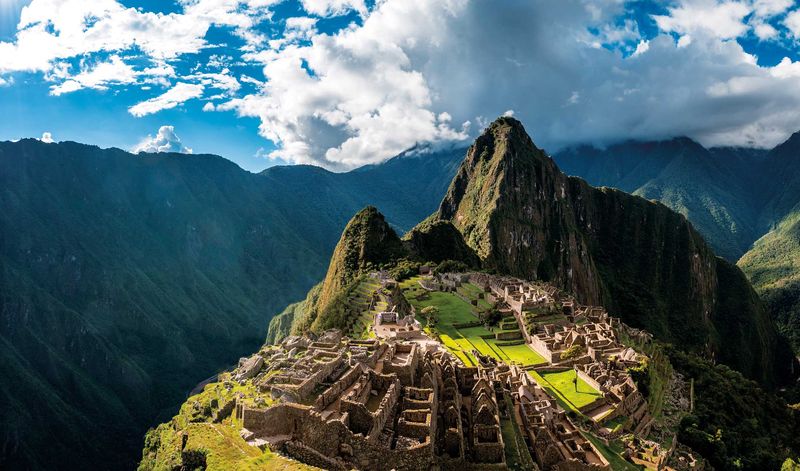
If you’ve seen those perfect Instagram shots of Peru’s most famous Inca citadel, you might not realize they crop out hundreds of tourists waiting in line. This archaeological treasure faces serious threats from foot traffic eroding ancient stones and pathways.
Authorities have implemented strict ticketing systems, but damage continues as tourism numbers climb back toward pre-pandemic levels. Eco-conscious travelers are discovering Peru’s alternative Inca ruins like Choquequirao and Kuelap.
These sites offer equally impressive ancient architecture and breathtaking mountain views, but receive just a fraction of visitors – creating a more authentic experience while reducing impact.
4. Bali’s Overrun Paradise
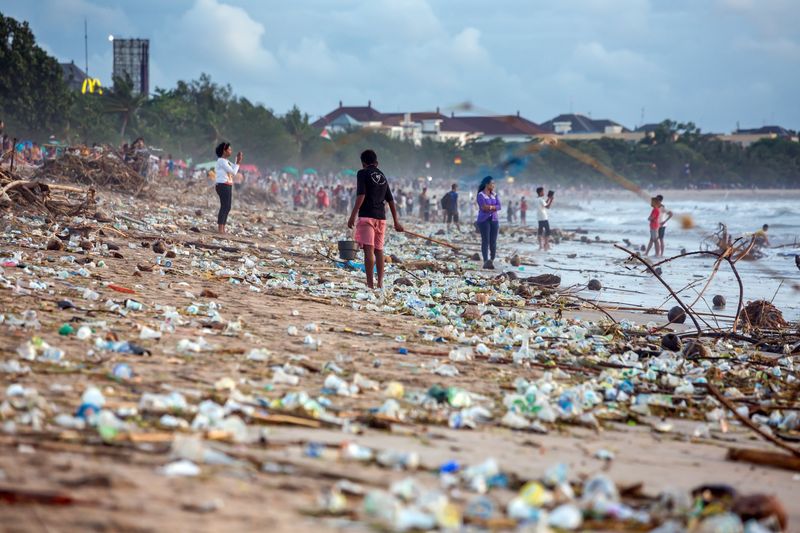
What happened to Bali? Once a spiritual haven, parts of this Indonesian island now struggle with traffic jams, water shortages, and mountains of plastic waste. Beachfront development has destroyed vital mangrove ecosystems that once protected coastlines.
Instagram hotspots like the Bali Swing and Ubud Monkey Forest have become so crowded that visitors often wait hours for photos, creating a disconnected experience from the island’s natural beauty.
Thoughtful travelers now explore neighboring islands like Lombok and Flores, where traditional village life continues and beaches remain relatively pristine. These alternatives deliver authentic cultural experiences without contributing to Bali’s environmental challenges.
5. Mount Everest’s Crowded Summit

The world’s highest peak has become the world’s highest trash heap. Shocking images of climber traffic jams near the summit reveal how this once-ultimate wilderness challenge has turned into a commercial expedition for anyone with enough money.
Oxygen tanks, climbing equipment, and even human waste litter the mountainsides. Local Sherpa communities face increasing pressure as tourism infrastructure expands into fragile Himalayan ecosystems.
Environmentally conscious mountaineers now seek challenges on less-traveled peaks like K2 or Annapurna, or trek to Everest Base Camp during off-season months to minimize their impact while still experiencing the majesty of the Himalayas.
6. Santorini’s Cruise Ship Invasion
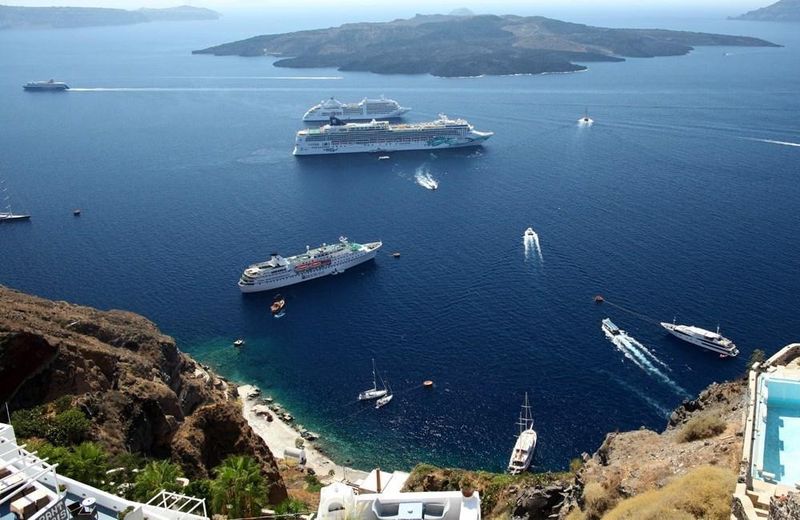
Those picture-perfect white buildings with blue domes overlooking the Aegean? They’re now backdrops for thousands of daily visitors from massive cruise ships that dump tourists for just a few hours before sailing away.
Water scarcity plagues this Greek island paradise, yet swimming pools dot hotel properties while locals face shortages. The narrow streets of Oia become virtually impassable during sunset hours as photographers jockey for position.
Eco-travelers are discovering quieter Greek islands like Folegandros and Milos, which offer similar Cycladic architecture and stunning seascapes without the environmental strain or claustrophobic crowds that plague Santorini’s most popular spots.
7. Galápagos Islands’ Delicate Balance
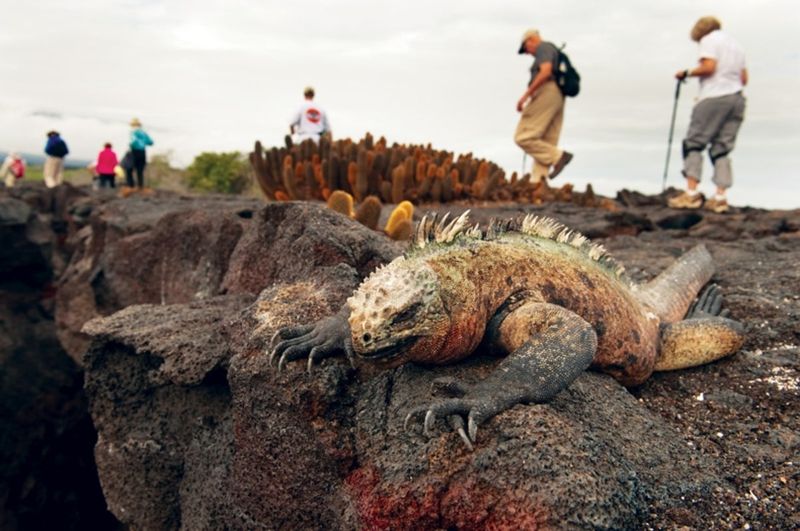
Darwin’s living laboratory faces unprecedented threats as tourism numbers climb. These isolated Ecuadorian islands host unique species found nowhere else on Earth, but increased human presence brings invasive species, pollution, and habitat disruption.
Though visitor regulations exist, the sheer volume of tourists creates unavoidable impact. Wildlife behavior changes as animals become habituated to humans, altering natural evolutionary processes that made these islands famous.
Conservation-minded travelers now explore alternative biodiversity hotspots like Costa Rica’s Osa Peninsula or Colombia’s Chocó region. These destinations offer remarkable wildlife viewing opportunities while spreading tourism dollars to areas where conservation initiatives desperately need support.
8. Dubrovnik’s Medieval Walls at Capacity
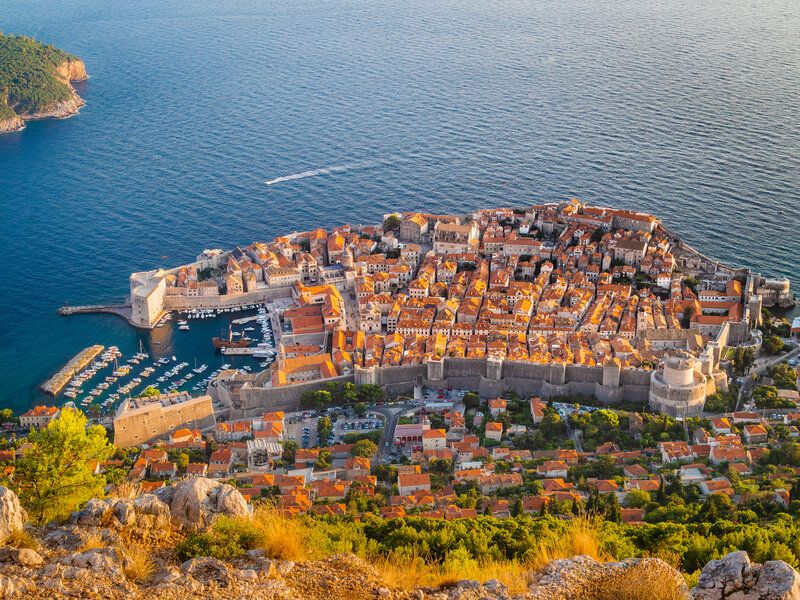
“Game of Thrones” transformed this Croatian coastal gem into a tourism phenomenon, with visitors often outnumbering locals by 6-to-1 during summer months. The ancient stone streets that survived centuries now crumble under foot traffic while cruise ships disgorge thousands of day-trippers.
Local life has largely disappeared from the historic center as apartments convert to vacation rentals and traditional businesses give way to souvenir shops. The city has implemented visitor caps, but damage continues.
Sustainable travelers now explore Croatia’s less famous walled cities like Ston and Korčula. These alternatives deliver similar medieval charm and Adriatic beauty without contributing to Dubrovnik’s overtourism crisis.
9. Iceland’s Golden Circle Traffic Jam
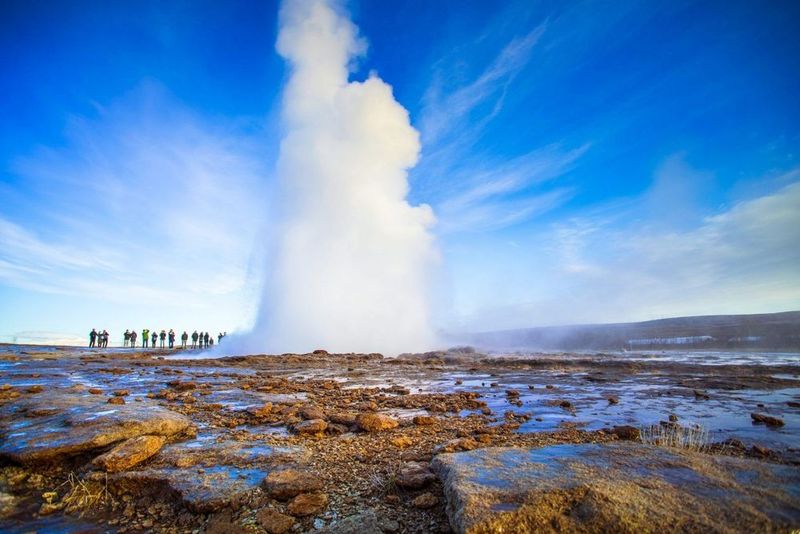
Iceland’s popularity exploded after the 2010 volcanic eruption that put this island nation on travelers’ radar. The Golden Circle route connecting Þingvellir National Park, Geysir, and Gullfoss waterfall now resembles a highway of tour buses rather than a wilderness experience.
Fragile moss ecosystems, which take decades to recover from a single footprint, suffer as tourists ignore path boundaries for better photos. Parking lots have expanded while natural habitats contract.
Mindful visitors now explore Iceland’s less-traveled regions like the Westfjords or East Iceland. These areas offer equally spectacular landscapes – glaciers, waterfalls, and volcanic features – without the environmental strain or tour bus congestion of the Golden Circle.
10. Barcelona’s Neighborhood Transformation
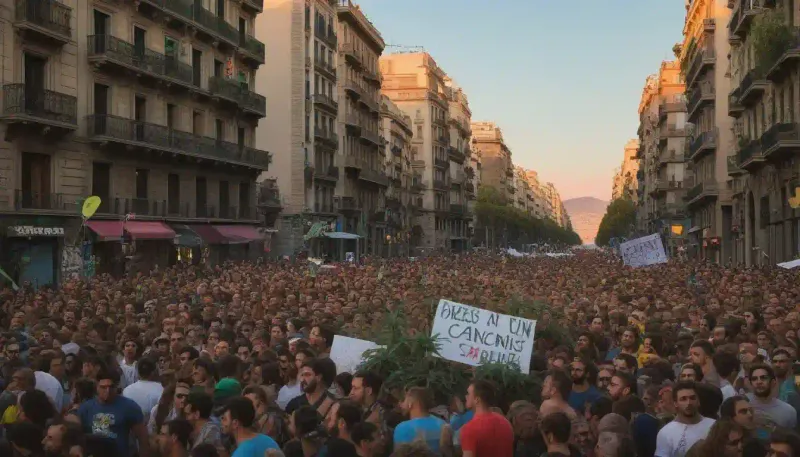
This vibrant Spanish city has become the poster child for tourism backlash. Locals protest as historic neighborhoods transform into tourist zones filled with souvenir shops and tapas bars catering exclusively to visitors.
Housing prices have skyrocketed as apartments convert to short-term rentals, forcing residents from neighborhoods their families inhabited for generations. Water consumption in this drought-prone region spikes dramatically during tourist season.
Responsible travelers now explore Spain’s secondary cities like Valencia and Girona. These destinations offer similar architectural wonders, Mediterranean beaches, and culinary delights without contributing to Barcelona’s overtourism challenges and residential displacement.
11. Boracay’s Rehabilitation Efforts
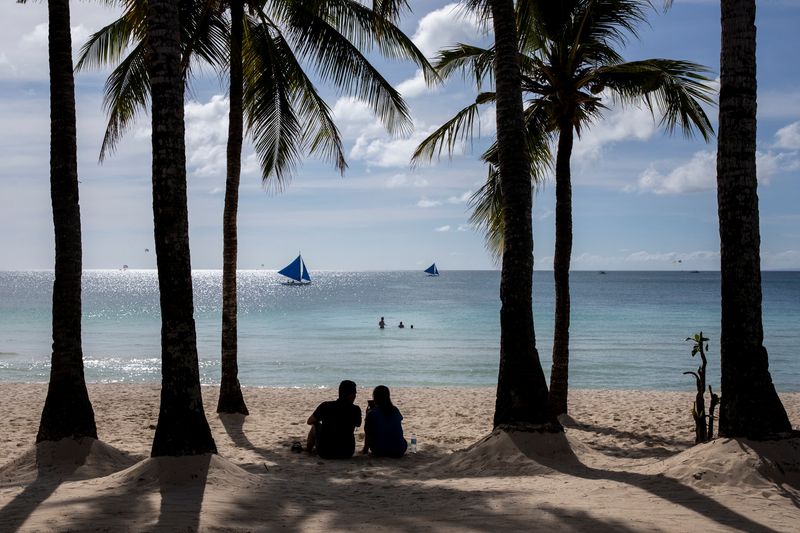
This tiny Philippine island made headlines when President Duterte called it a “cesspool” and shut it down completely for six months in 2018. Years of unregulated development had overwhelmed the island’s infrastructure, with raw sewage flowing directly into its famous turquoise waters.
Though reopened with stricter regulations, Boracay’s ecosystem remains fragile. Beach capacity limits and business restrictions now attempt to balance tourism with environmental protection.
Environmentally-minded beach lovers now visit alternative Philippine paradises like Siargao and Coron. These islands maintain stricter development controls while offering the same powdery white sand beaches and crystal-clear waters that made Boracay famous.
12. Seychelles’ Exclusive Yet Vulnerable Shores
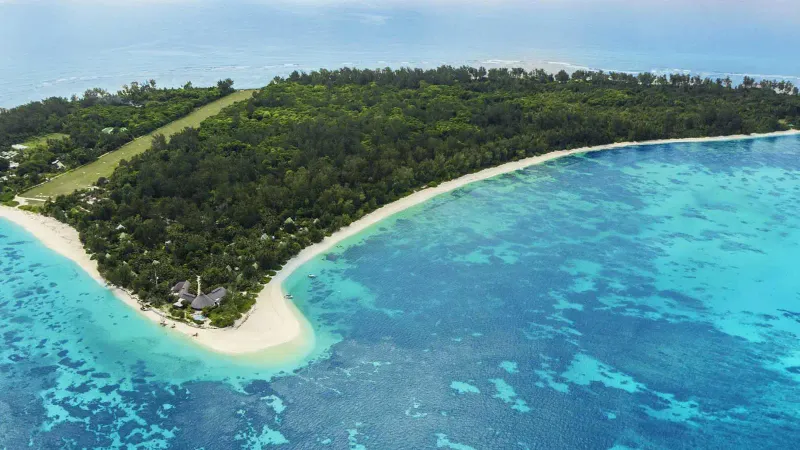
These remote Indian Ocean islands face a unique dilemma. Their high-end tourism model brings fewer visitors but massive resource consumption. Luxury resorts consume enormous amounts of water and energy while generating significant waste on islands with limited disposal options.
Climate change threatens the very existence of these low-lying islands, yet their tourism economy depends on long-haul flights that contribute significantly to carbon emissions. Coral bleaching has damaged once-pristine reefs.
Conscientious luxury travelers now choose destinations closer to home or support properties with genuine sustainability credentials rather than greenwashed marketing. Some opt for mainland African coastal destinations like Mozambique’s Bazaruto Archipelago, which offers similar marine experiences with smaller carbon footprints.
13. Great Barrier Reef’s Coral Crisis
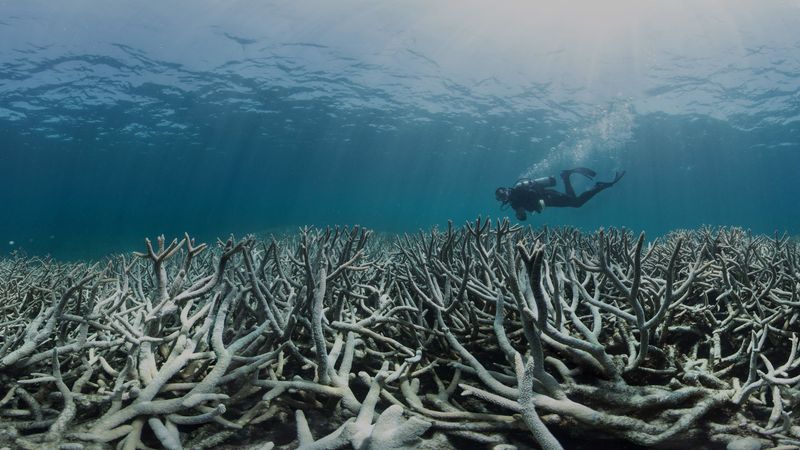
Australia’s living wonder faces catastrophic decline from climate change, with mass bleaching events becoming increasingly common. Tourism boats concentrated in popular areas create additional stress through anchor damage, sunscreen pollution, and physical contact from inexperienced snorkelers.
Though tourism revenue helps fund conservation, the carbon footprint of reaching this remote destination contributes to the very problem destroying the reef. Scientists warn that without dramatic climate action, this ecosystem faces collapse within decades.
Eco-conscious marine enthusiasts now explore less-visited reef systems like Ningaloo in Western Australia or support coral restoration projects in places like the Florida Keys or Belize, where visitor impact can be more directly balanced with conservation benefits.
14. Yosemite’s Valley of Vehicles

America’s iconic national park suffers from its own popularity. Summer traffic creates miles-long backups while parking lots overflow into meadows. Air quality in the valley sometimes rivals urban areas as vehicle emissions become trapped by the surrounding granite walls.
Wildlife behavior changes as animals adapt to constant human presence, creating dangerous encounters and disrupting natural patterns. Though reservation systems now limit entry, peak season still brings overwhelming crowds.
Conservation-minded nature lovers increasingly visit during shoulder seasons or explore less-famous parks like Kings Canyon and Sequoia. These alternatives offer similarly spectacular Sierra Nevada landscapes – towering granite formations, ancient forests, and alpine meadows – without Yosemite Valley’s notorious congestion.
15. Komodo Island’s Dragon Dilemma
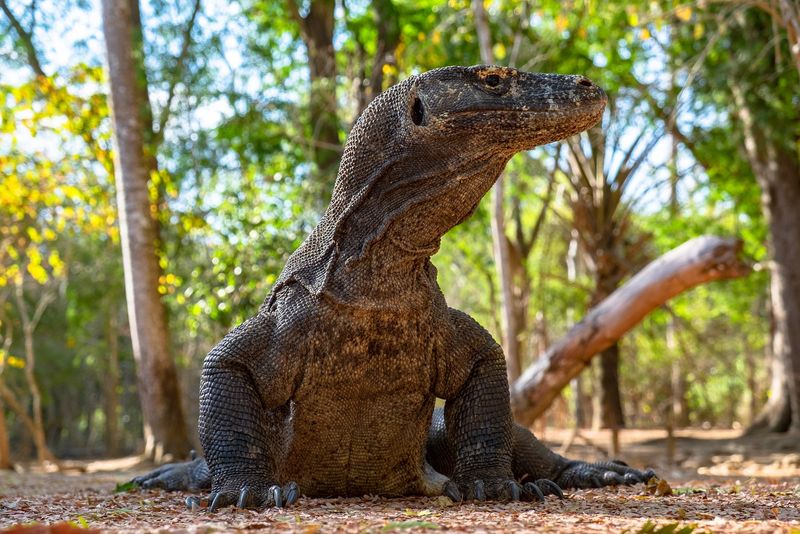
Home to the world’s largest lizards, this Indonesian island proposed a $1,000 entry fee to control visitor numbers after tourism began threatening dragon habitat. Though later modified, the proposal highlighted serious concerns about wildlife disturbance and ecosystem damage.
Feeding practices to guarantee dragon sightings have altered natural behaviors, while infrastructure development fragments critical habitat. Island communities face challenges balancing economic opportunities with conservation.
Responsible wildlife enthusiasts now seek alternative ethical encounters in Indonesia, such as orangutan viewing in Borneo or marine sanctuaries in Raja Ampat. These experiences support conservation while minimizing habitat disruption and maintaining the wild nature of the animals being observed.
